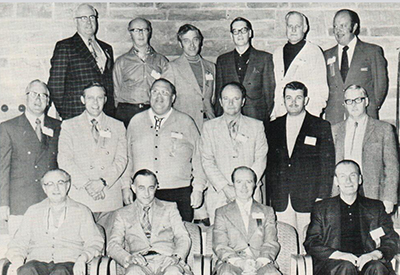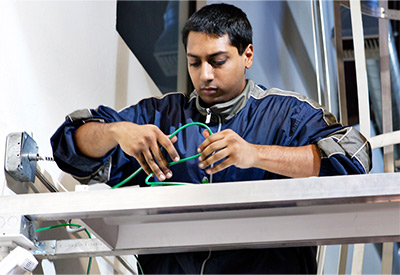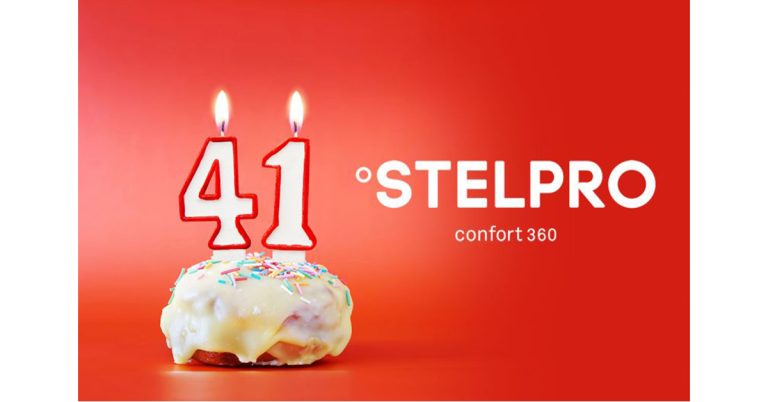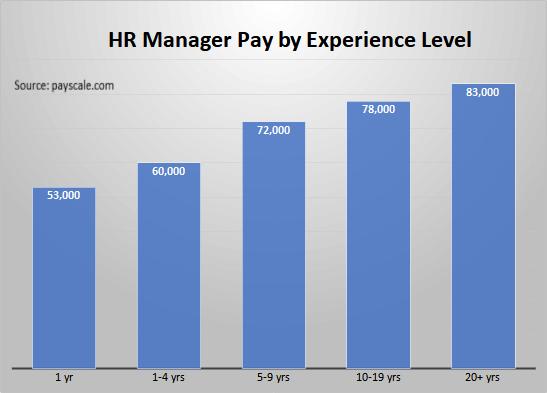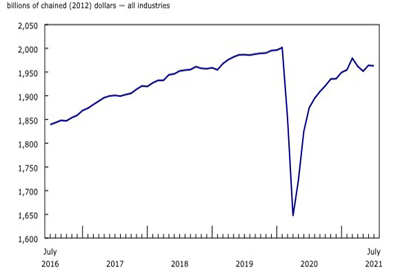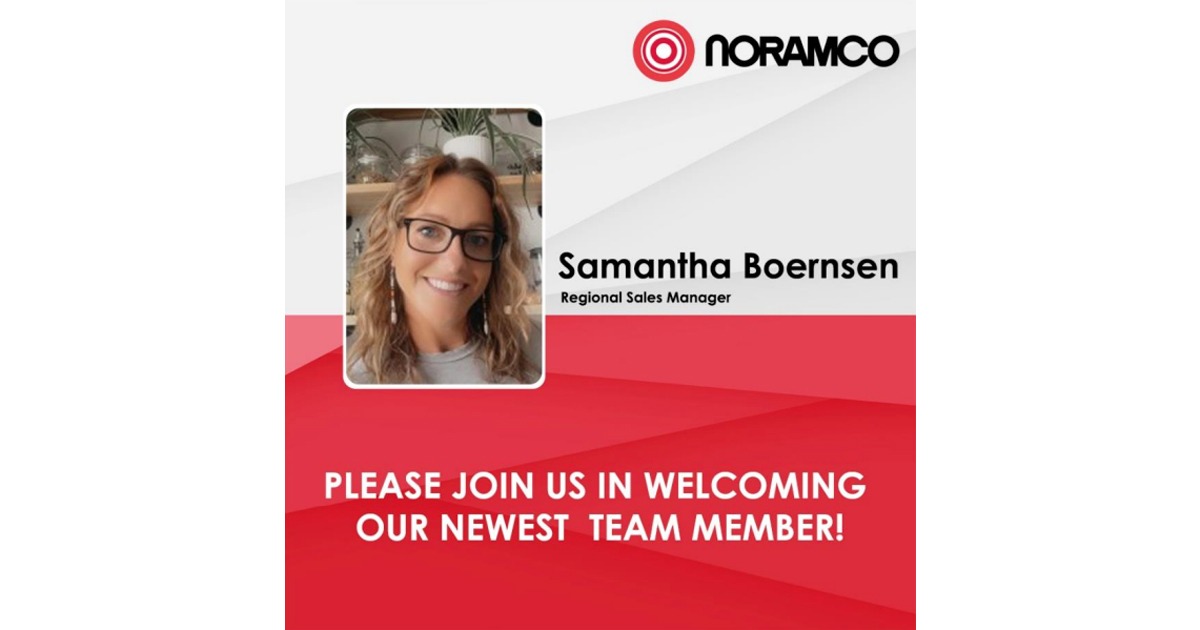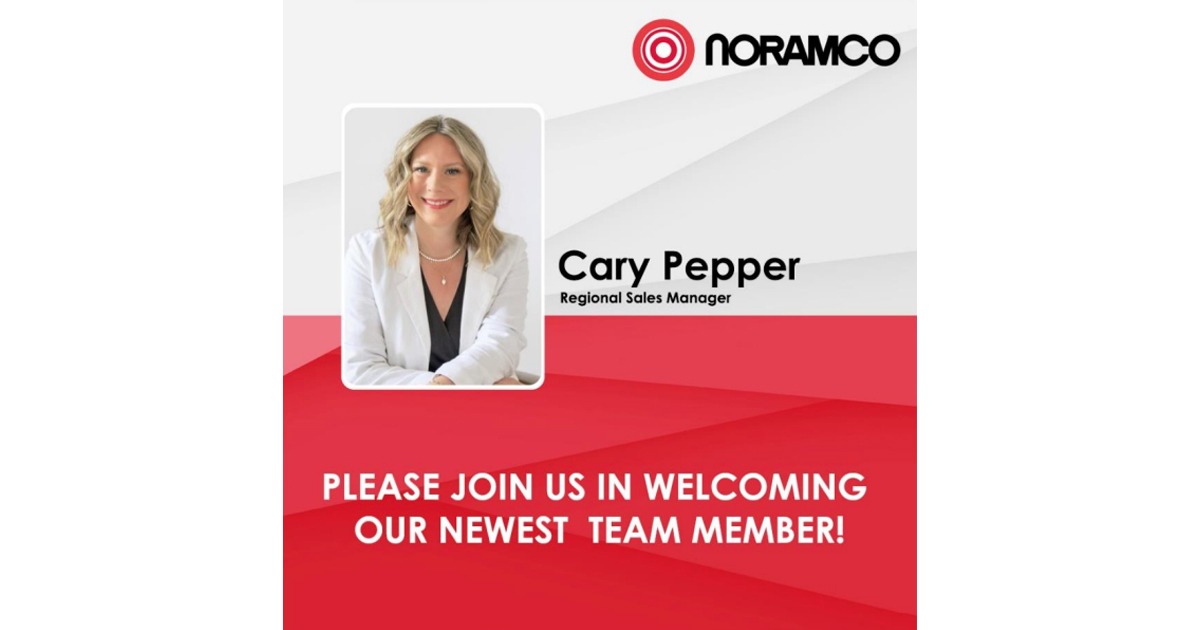Looking into the Impact of Signify’s Acquisition of Cooper Lighting
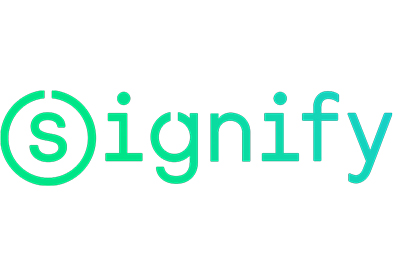
Oct 18, 2019
The electrical and lighting industries were shocked this week with the announcement that Signify purchased the recently renamed Cooper Lighting Solutions from Eaton.
The former Eaton Lighting division was scheduled to be spun off from Eaton via an IPO late this year / early next year. While rumored earlier this year to be up for sale, rather than being spun off, there were no takers for the business. Although, it was reportedly considered by some. According to Signify, discussions with Cooper Lighting, and Eaton, began a month ago. The interest could have been provoked by the Q3 slowdown in the lighting market with Signify sensing an opportunity to make an acquisition, perhaps at a discount.
Given that Eaton Lighting was renamed Cooper Lighting Solutions only a few weeks ago, the deal likely came together quickly.
Q3 was tough for lighting companies as seen in Acuity’s Q3 performance (their fiscal fourth quarter), Signify’s recent quarterly report and highlighted in the Q3 Pulse of Lighting report. While the acquisition press release states Cooper Lighting’s 2018 revenues of $1.7 billion, given that comparable companies reported flat growth or a modest decline, it can be assumed that Cooper Lighting performed similarly … so, 2019 is probably trending toward a $1.7 billion revenue at best … a 5% decrease would be about $1.6 billion. With an acquisition price of $1.4 billion, the deal is about 85% of sales and it is 7x EBITDA. Perhaps a discounted price for Signify. Eaton may have decided selling represented a greater return than the IPO when additional IPO costs are factored into the equation and that the spin off to shareholders would have represented minimal shares. An example of “cutting the losses?”
As structured, and currently communicated, this is a financial deal for Signify. They will now have a broader North American lighting portfolio to increase their share of the Professional Lighting market, which, according to them, is a $12 billion market.
What’s Next
According to Signify comments, there are $60 million in identified synergies that will occur through some back-office integration as well as procurement savings of comparable parts and perhaps with the same suppliers.
Of most importance to the channel is the announcement that the sales, marketing and product development of the companies will remain separate with “no change”, according to the Signify press release, a Cooper Lighting letter and an interview with Edison Report. A two-brand strategy with each company having somewhat differentiated products. But what is to be expected in a press release for a deal that isn’t going to close for six months?
Signify Insights
Some insights into Signify
- For Q2 they reported a worldwide sales decline of 6%
- Their LED sales fell 2%
- The Professional division was down 6% due to issues in India and Saudi Arabia
- Acquired Klite, which supplied Signify with LED lamps and luminaries but also sold 250 million euros to other lighting manufacturers (and this boosted Signify’s component sales (drivers, other electronic components) to other fixture manufacturers … so how long will companies like Acuity, Hubbell, etc continue to purchase components from their largest competitor? Years ago Cree faced this issue and suppliers sought other resources rather than fund / enable a competitor)
- Analyst consensus for Signify for Q3 is that Professional sales will be around $700 million euros … worldwide
- The deal increases North American sales to 40% of Signify. The Professional market now represents 53% of company sales. Click here for a copy of the Signify analyst presentation overviewing the acquisition. (and, as we’ve seen in Acuity reports, the C&I channel is more profitable than retail or direct / corporate sales.)
- 84% of Cooper Lighting Solutions sales were LED-based according to an article in the Atlanta Business Journal.
- The CFO for Signify, Stephane Rougeot, told Reuters, “Signify is the No.2 player in the global professional lighting market, and in North America it suffers from a lack of scale and competes with rivals like Acuity”. (so, now they go from a #4 player to a #2 player in total volume, however, to really be a #2 player they will need to be able to make “one plus one” equal more than two, otherwise it is solely a financial investment which, according to an analyst, they question why borrow money to invest in the lighting business given the industry economics.)
What if …
So, let’s play the “what if” game and think into the future…
- What does this mean for Hubbell Lighting? Sell? Acquire? Stand alone?
- Could AIP, which owns Current, decide to acquire Hubbell Lighting? Acquire Rab?
- Could Hubbell decide to acquire Current to get more into connectivity solutions, Smart Cities and more?
- Could someone decide to focus on the industrial market to compete with Holophane (Acuity) and acquire Dialight?
- Wonder what Cooper Lighting’s performance has been with IMARK and AD distributors? Will this give Signify reason to reconsider participation in the groups if the Philips brand is underperforming in the groups? Will it make them want the groups to consider them one company, comparable to Acuity, and push for Cooper Lighting to be back into the groups?
- Speaking of rebates, distributors will be asking Cooper Lighting, what’s my program for 2020.
- Will Cooper Lighting’s Market Pro offering (stock and flow products) and Philips’ Lighting to Go offering end up with the same products (and perhaps sourced from the same suppliers?) Will the programs evolve to be the same? (Cooper’s is viewed more favorably according to distributors.)
- Will a strategy evolve where Cooper Lighting is the spec line, as it has a strong end-user / lighting designer name and the Philips / Signify become a “stock and flow” company that essentially competes against Rab, Satco, Maxlite, Eiko, etc …
- How will Signify handle the rebranding back to Philips to position Signify as “the holding company”? And remember, they are essentially licensing the Philips name since they were spun off from Philips.
- What will be the “rules of engagement” for distributor conversions? For pursuing projects? End-user markets? (For those who remember, Genlyte Thomas faced a number of these issues prior to being acquired by Philips Lighting as the Genlyte Group had an array of separately operated, branded, business unit. Philips bought Genlyte in late 2007. They paid $2.7 billion and Genlyte had sales 2006 sales of $1.6 billion with 90% if its business in the C&I space. (the business has really changed!)
- Will margins for lighting, especially for projects, improve with two of the major branded players under one roof?
What is the next step in the lighting consolidation dance? Does anything change competitively? Will benefits “stick” or will this go the way of the Genlyte deal and, 10 years later, be viewed as “no impact on the market or on Philips (Signify)?
How could Signify make “one plus one equal three” and get an ROI on its investment?

